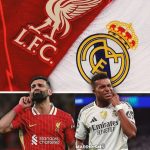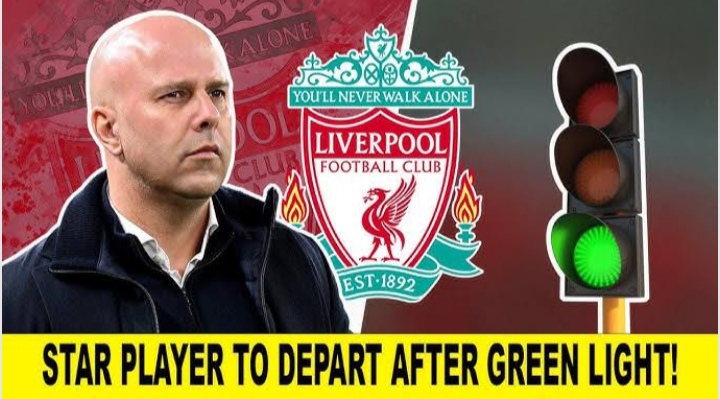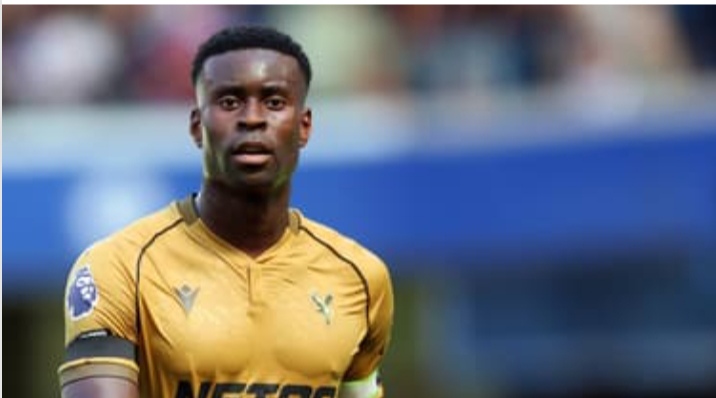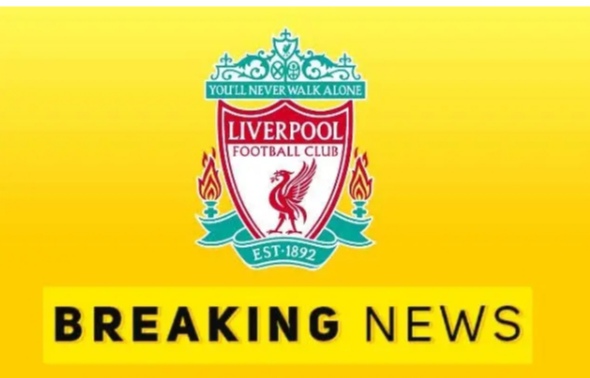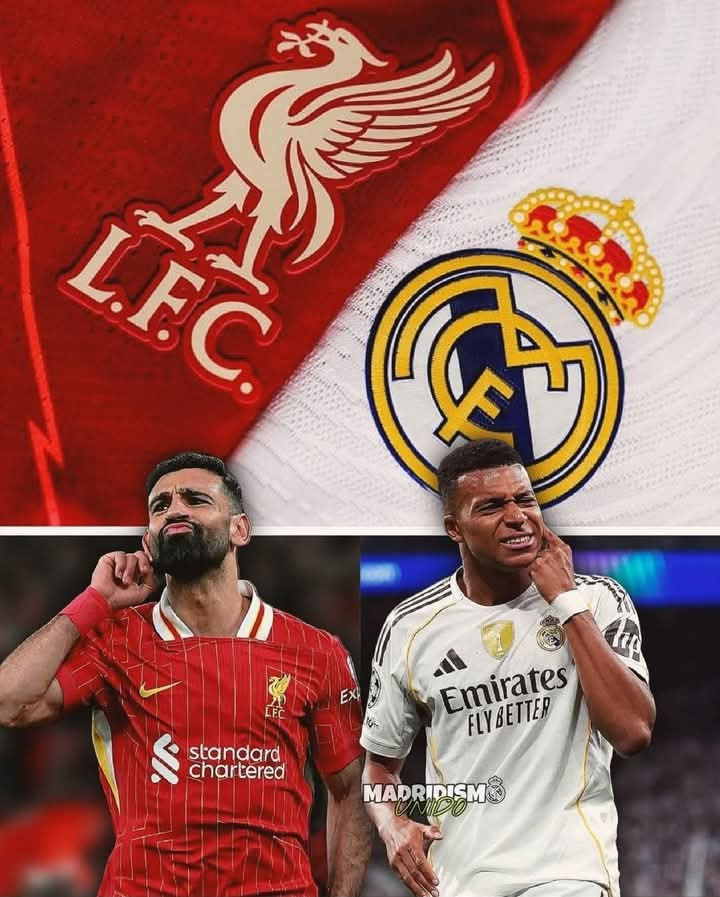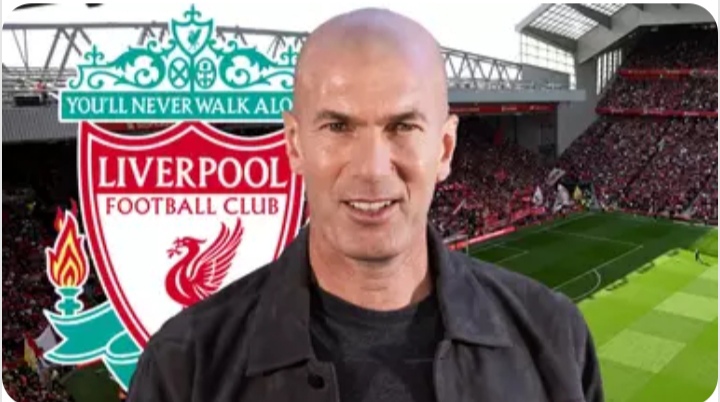The football world has witnessed one of the most dramatic revivals in modern sport as Liverpool Football Club has transformed from a fading giant into one of the most desirable destinations for elite players. Today, stars from across the globe—particularly from Brazil—are openly expressing their ambition to wear the famous red shirt, marking a complete reversal from the club’s bleakest era.
To fully appreciate this rise, one must revisit the Roy Hodgson period—a spell most Liverpool fans would rather forget, yet one that starkly illustrates how far the club has come. Hodgson’s short tenure between July 2010 and January 2011 is widely regarded as the lowest point in Liverpool’s recent history, when the club’s decline appeared irreversible.
At the time, Liverpool was mired in debt under American owners Tom Hicks and George Gillett, coming off a seventh-place finish in the league, and facing real fears of long-term decline. Hodgson, hired for his steady reputation, proved disastrously ill-suited to a club of Liverpool’s stature.
Transfer policy during his reign underscored just how far expectations had fallen. While Europe’s top sides chased elite talent, Liverpool were linked with journeymen such as Carlton Cole, who had scored only eight goals for West Ham the prior season. The very fact that Cole was seriously considered as a solution highlighted how dramatically standards had slipped.
Signings such as Cristian Poulsen and Danny Wilson further emphasized the decline. Poulsen, a combative midfielder from Juventus, never fit Liverpool’s style and became a symbol of Hodgson’s pragmatic, joyless football. Wilson, a young defender from Rangers, was heralded as a “marquee signing”—a laughable notion for a club that only years earlier had been competing with Real Madrid for world-class talent. These were not poor players in isolation, but they reflected a fundamental misunderstanding of what Liverpool should represent.
Fast-forward to today, and the contrast is staggering. Liverpool has re-emerged as a global powerhouse, attracting elite players who now actively seek a move to Anfield. Brazilian stars, in particular, are leading the charge—proof not only of the club’s restored reputation but also of the ripple effect created by figures like Alisson Becker and Fabinho, who thrived under Jürgen Klopp and spread Liverpool’s appeal back home.
This renaissance owes much to Klopp’s arrival in October 2015. The German coach didn’t just bring tactical sharpness; he reconnected Liverpool with its identity. His “heavy-metal” football matched the spirit of Anfield, while his charisma and player-development skills turned good players into global stars. Mohamed Salah, Sadio Mané, and Virgil van Dijk all elevated their games under Klopp, reinforcing Liverpool as a club where talent could reach its peak.
Alongside Klopp’s leadership, the club invested heavily in infrastructure: the state-of-the-art Kirkby training complex and the expanded Anfield stand sent a clear message of ambition. Unlike in the Hodgson years, when outdated facilities and financial uncertainty drove players away, today’s Liverpool matches Europe’s elite in resources, sports science, and professionalism.
Most importantly, Liverpool became winners again. The 2019 Champions League triumph and 2020 Premier League title broke long droughts and confirmed the Reds’ place among football’s elite. These victories did more than fill the trophy cabinet—they reshaped global perception of Liverpool. What once looked like a career step into mediocrity is now a pathway to glory.
Klopp’s Liverpool has built a culture of resilience, drama, and brilliance: the historic comeback against Barcelona, the relentless title races with Manchester City, and countless moments of magic have given the club an aura that draws ambitious talent. For Brazilian stars—and players everywhere—joining Liverpool today is about more than competing for trophies. It’s about becoming part of a living football story, one where individual brilliance merges with collective triumph.
From the despair of the Hodgson era to the glamour of Klopp’s reign, Liverpool’s transformation is one of football’s most remarkable tales—a reminder that identity, ambition, and belief can restore even the proudest of clubs to their rightful place at the top.




